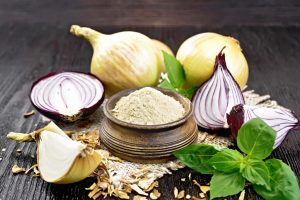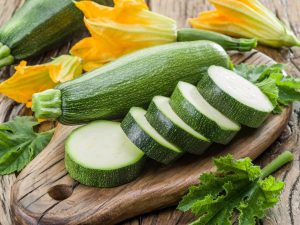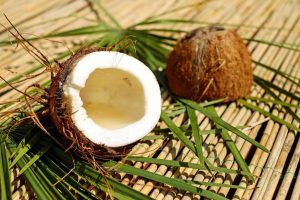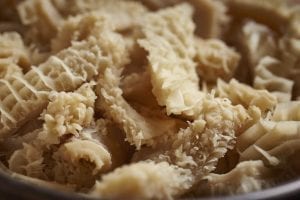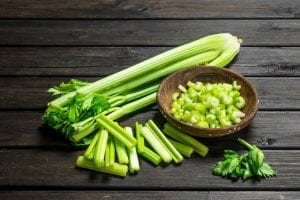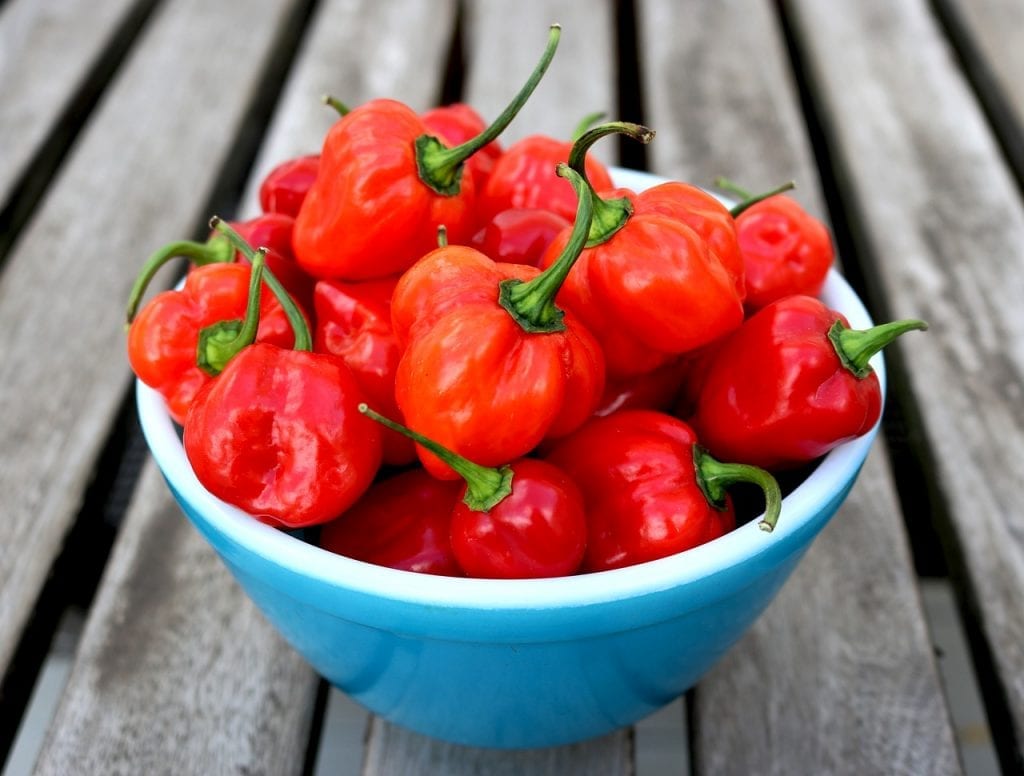
Are you a spicy food lover looking for your next tongue-burning food experience? Meet habanero pepper. This spicy pepper will put you up to the challenge as it was once considered the hottest pepper in the world!
Now, there might be other chile peppers out there that are way hotter than habaneros but don’t be fooled. With its extraordinary heat, eating chile habaneros will have you feeling the fiery taste in your tongue! These peppers have a citrus-like flavor and a slightly smokey note. They are very popular in Mexican cuisine just like in this Mexican fish recipe. It is often incorporated in hot sauces, fruit-based sauces, and sweet salsas, lending a pungent spice to any dish. The spicy flavor blends perfectly with tropical fruits such as mangoes, pineapples, and passion fruits.
In this article, you’ll learn everything there is to know about habanero peppers. If you want to know how you can enjoy them in dishes, we listed down a few habanero recipes. And of course, you’ll discover why it is one of the hottest favorites in the world of spicy peppers.
What Are Habanero Peppers?
Habaneros are small chili peppers that belong to the Capsicum chinense family which also has pepper varieties such as the scotch bonnet and red savina under its umbrella. The color actually depends on its age. When it’s still unripe, this pepper is usually green in color. The color transitions from green to yellow-orange, then orange to bright red as the pepper reaches maturity. The shape of this pepper is pod-like, and its size ranges from one to three inches in length and one to two inches in diameter.
Habanero pepper plants grow primarily in Mexico and other parts of the United States. But did you know that these pepper plants are easy to grow in your own backyard? What could be hotter than freshly-picked peppers, right? They’re perfect for making a spicy corn salsa!
How Hot Are Habanero Peppers?
The moment you bite into this scorching spice, the first thing you’ll notice is the heat. It spreads to your mouth and makes you sweat. That brings up the question: how hot is a habanero, anyway?
Like many other chili peppers, we can measure how spicy these peppers are in terms of Scoville units. Despite being dethroned as the hottest pepper, it still ranks high on the Scoville scale, a measuring system that determines the heat levels of several pepper varieties.
Habanero peppers contain high levels of capsaicin, a chemical compound that gives peppers their signature kick. They measure between 100,000 to 350,000 Scoville Heat Units on the Scoville scale. They’re less spicy compared to other types of pepper such as the ghost pepper, which measures between 855,000 to 1,041,427 SHU on the pepper heat scale.
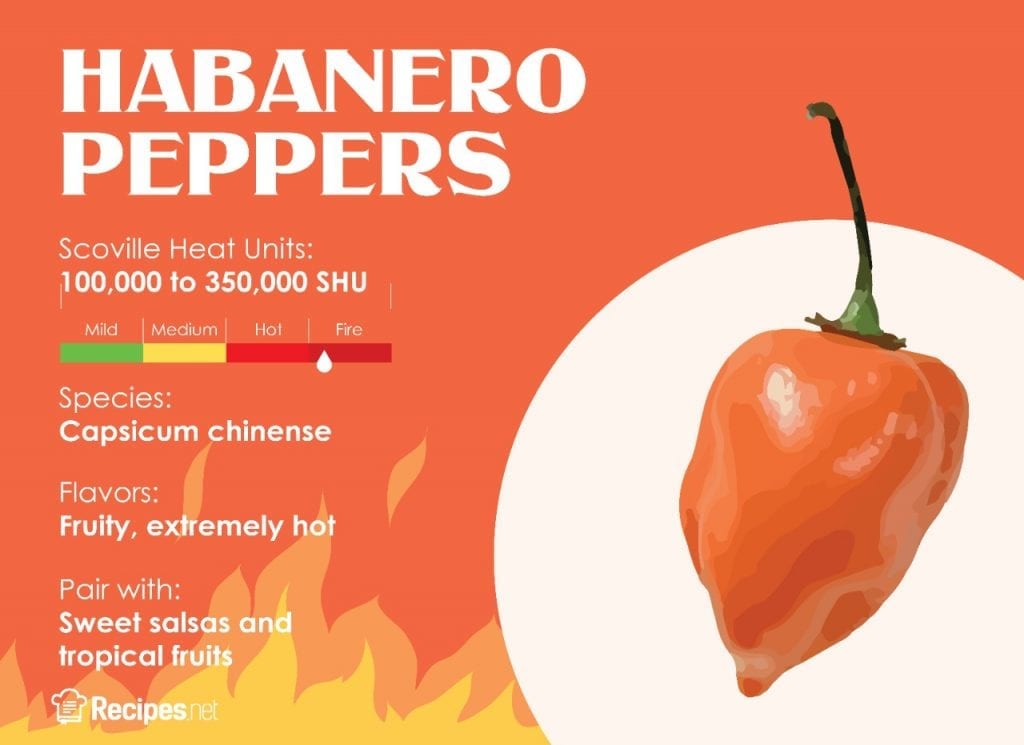
We already know that they are extraordinarily spicy. The question is, can you die from eating a habanero pepper? Well, you won’t die, but it’ll surely make your mouth feel as if it’s on fire! Should that happen, just drink milk as dairy products can tame the heat by deactivating capsaicin. Moreover, capsaicin acts as an irritant that can lead to severe chili burn.
How To Reduce The Heat
Now intrigued by its exploding taste, you wish to experience the terrific heat of these hot peppers. But the problem is you’re not sure if you can really handle it. Don’t fret! You can actually go for the substitutes.
The habanero hot sauce is an excellent substitute for fresh ones. They’re less spicy compared to fresh ones. Carefully examine the item’s rating on the pepper hotness scale. Keep in mind that the lower the numbers are, the lower their heat levels are. Drizzle this hot sauce over grilled fish or chicken for a spicy twist.
Types Of Habanero Peppers
To date, there are over a hundred habanero pepper variations that come in different shapes and colors. These varieties are created through selective breeding or cross-breeding of peppers, resulting in shape and color variations. Here are some of the most popular types:
Red Savina
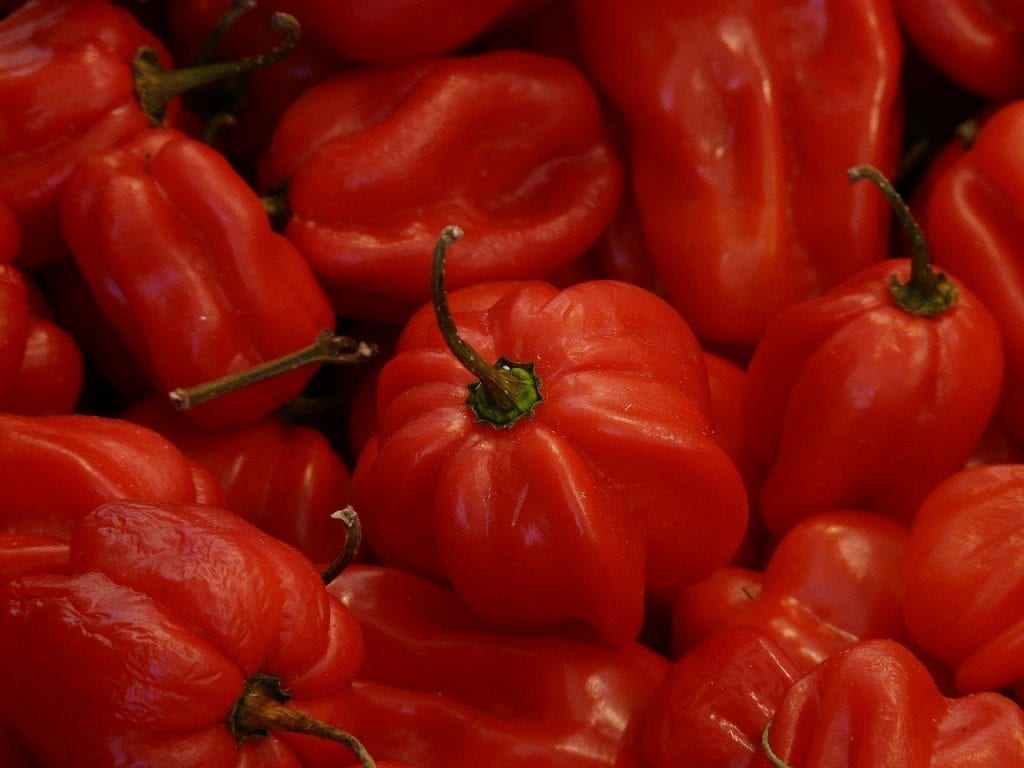
The Red Savina is the spiciest variation. In fact, it’s been crowned as the hottest pepper for several years. It measures between 350,000 to 577,000 SHU on the Scoville scale.
Chocolate Habaneros
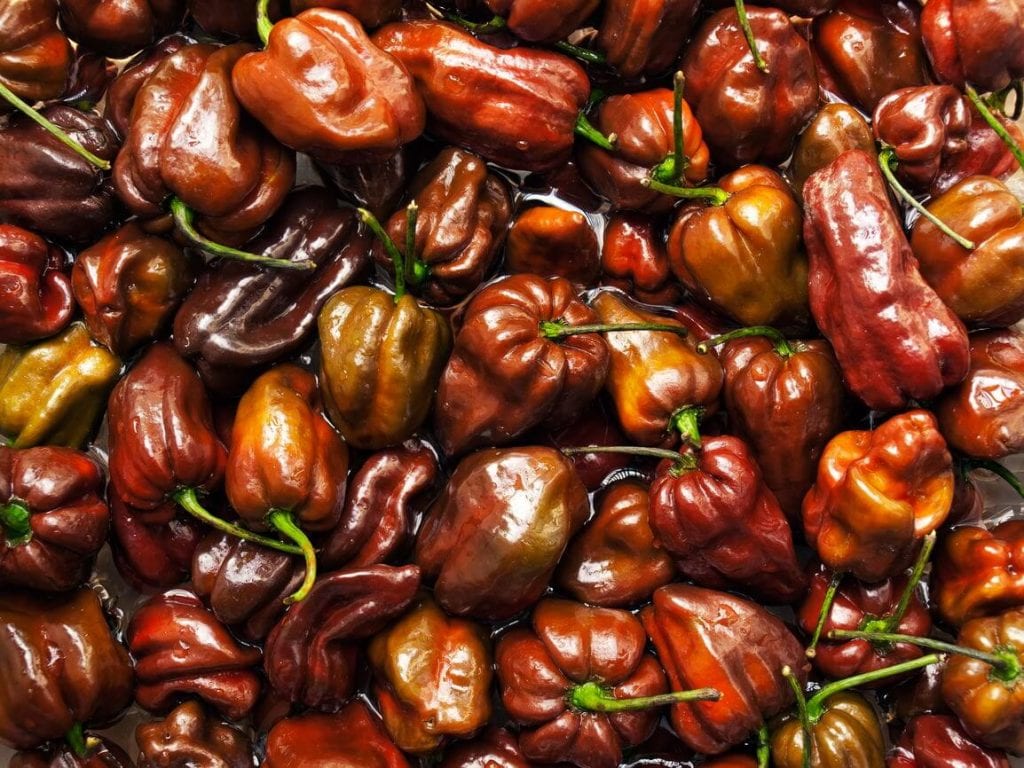
One thing’s for sure about Chocolate habaneros: this variety is far from being just a spicy candy! Don’t be fooled by its name as it is way hotter than the regular ones. It’s also known as Congo Black and it hits around 425,000 to 577,000 Scoville heat units.
Green Habaneros
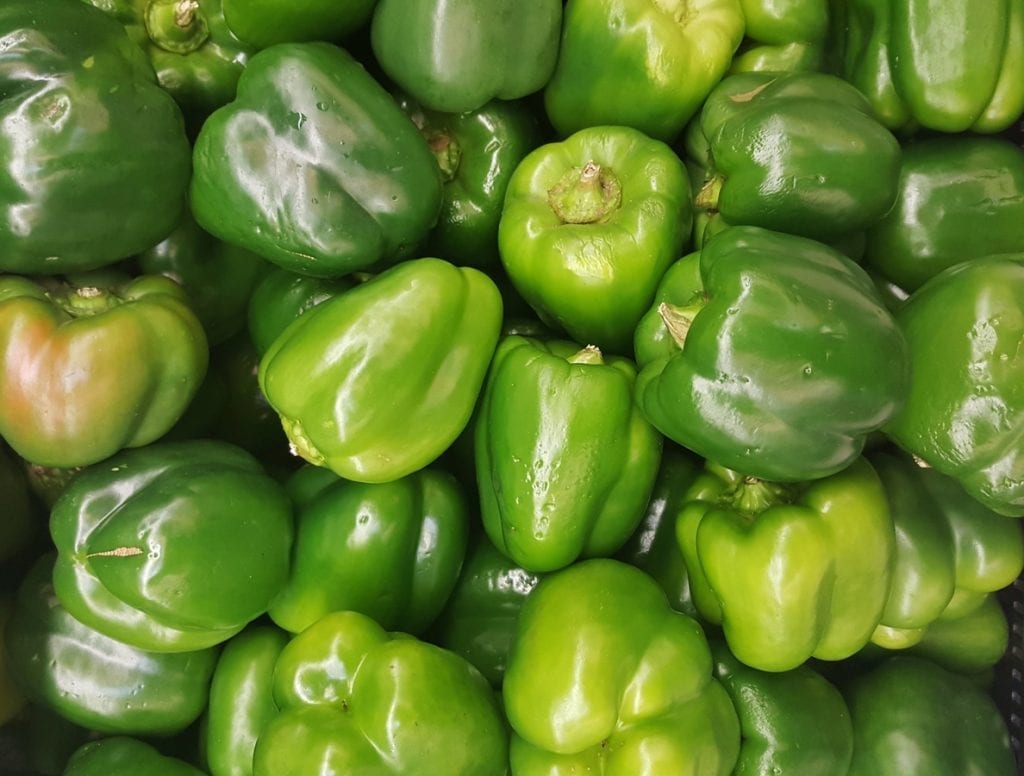
Green habaneros are the unripe peppers. However, their color changes once they reach maturity. These green peppers are spicy but with tropical fruit tones. They can be used in a mango salsa or a seafood marinade.
Orange Habaneros
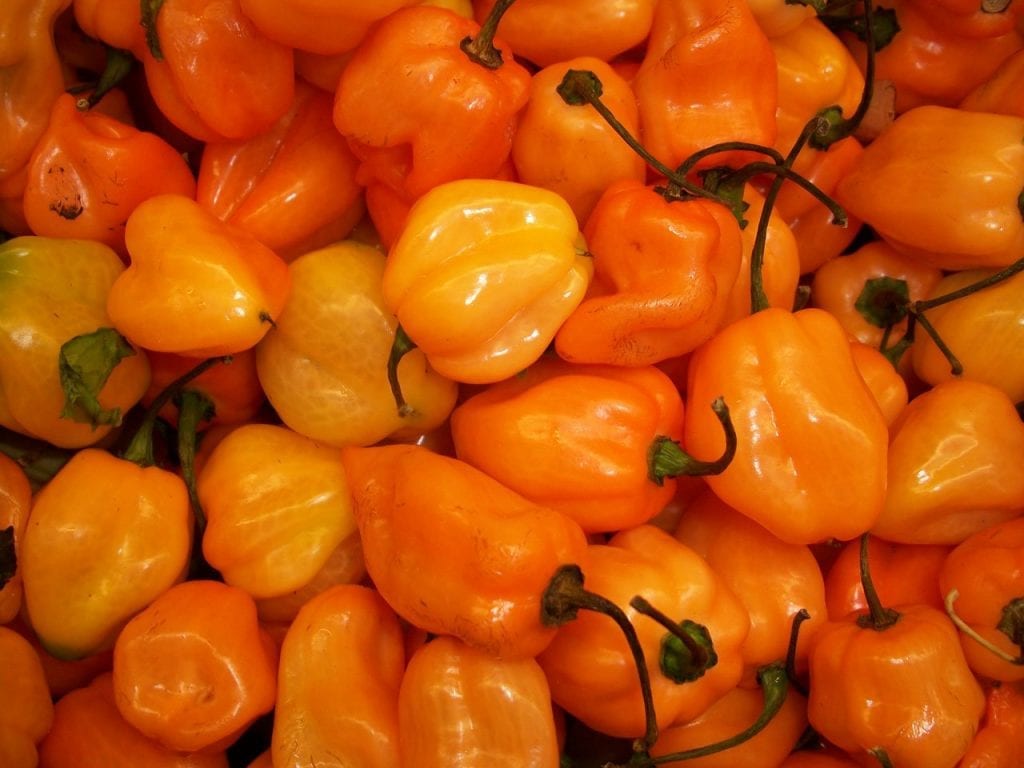
The Orange habaneros are the most popular variety, making them very easy to find in grocery stores and supermarkets. Its intense heat is wonderfully balanced by a fruity flavor. It ranges between 100,000 SHU and 350,000 SHU on the Scoville scale.
Habanero vs Jalapeño Pepper
Just like habaneros, jalapeños are also quite popular in the world of spicy peppers. However, habaneros are 12 to 140 times hotter than a jalapeño, which measures just about 2,500 to 8,000 SHU. Aside from the heat, there’s a noticeable taste difference between these two peppers. While habaneros have a sweet-heat flavor, jalapeño taste crisper with hints of sweetness, almost similar to green bell pepper.
Habanero vs Scotch Bonnet Pepper
Aside from being thought the same as a Chinese pepper, habaneros are also often mistaken for the Scotch bonnet pepper. Both peppers are from the Capsicum chinense family. Their similarities don’t end there. Habaneros and Scotch bonnet have a heat level of 100,000 to 350,000. Both are alike in terms of taste as well. They’re spicy with hints of fruity flavors. These spicy peppers blend perfectly with tropical fruits.
How to Cook With Habaneros
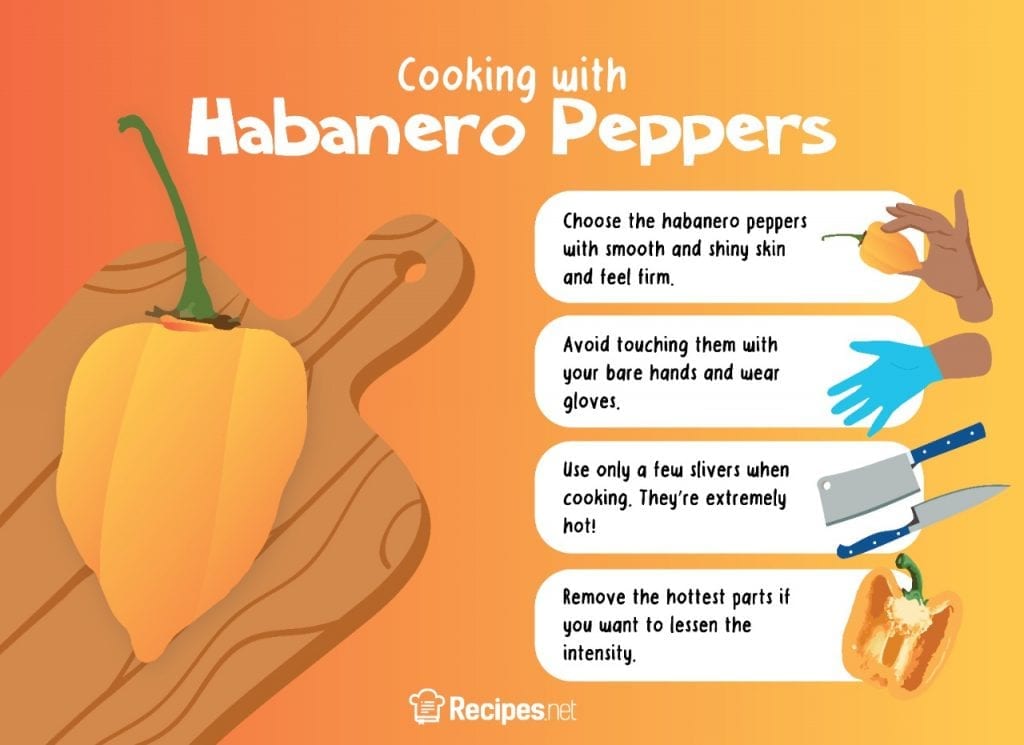
If you want a spicy dish with subtle sweet notes, then habanero peppers are the perfect spice to go with it! This pepper lends any fruit-based dish a nice kick. But before you proceed to spicing up your favorite pineapple sauce with this spiced pepper, there are a few things you should keep in mind:
- Carefully examine the peppers and choose the ones that feel firm and have smooth and shiny skin. It’s an indication that the peppers are fresh.
- Avoid touching them with your bare hands. As mentioned earlier, they contain high levels of capsaicin. It’s best that you wear gloves when you touch or cut these spicy peppers.
- Use only small amounts of these piquant peppers to flavor your dish.
- Know how to reduce the heat of habaneros. The trick to taming this chili’s spiciness is by removing the hottest parts, which are the seeds and the membrane. Cook only with the skin to lessen this pepper’s intensity.
Habanero Recipes Spicy Lovers Should Try
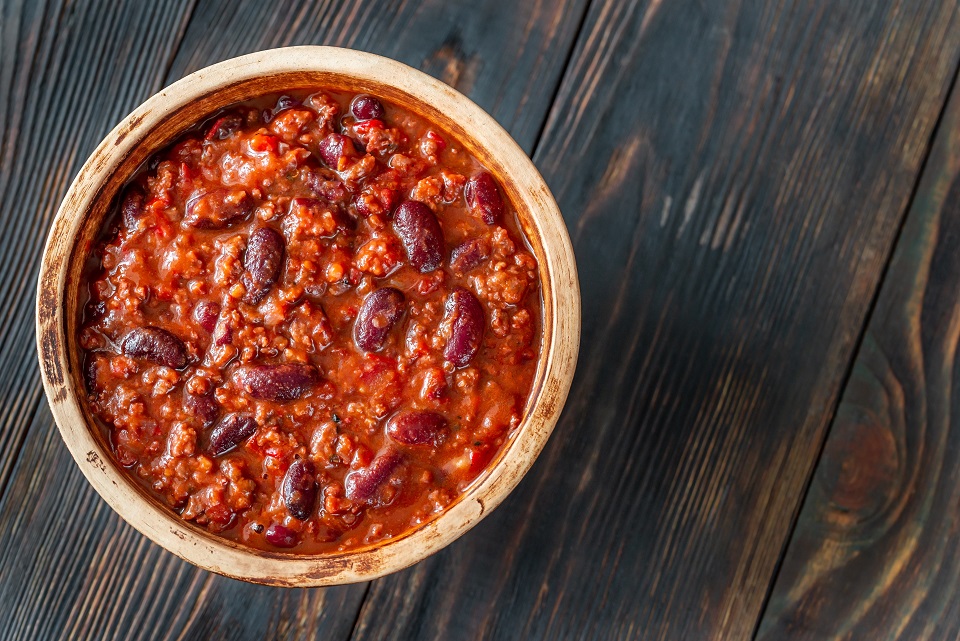
Due to its extreme hotness, habanero peppers are not actually eaten whole. It’s used as an ingredient when making sweet salsa, a fruity barbecue sauce, and even a marinade! And again, we advise that you take precautions when preparing them. If you can handle the heat, why don’t you give these habanero recipes a try?
- Coconut Shrimp with Mango Habanero Sauce –This shrimp dish gets its sweet and refreshing flavor from the coconut flakes, taming the fiery flavor of mango habanero sauce. And you’ll get to experience the heat in under 30 minutes!
- Twelve Alarm Chili –If you’re into spicy food, you’re going to love this burning hot twelve alarm chili. Yes, you read that right! This recipe makes use of twelve different kinds of pepper, including habanero chili. It’s definitely going to be one fiery food experience!
- Sweet and Spicy Mango Habanero Salsa – Give your favorite snacks the right amount of kick with this mango habanero salsa. The sweet flavor of mango blends perfectly with the spice. Serve this alongside fish tacos for a flavorful meal.
Where To Buy Habanero Products
As we’ve mentioned, habaneros are quite famous around the world for their extreme spiciness, making them easy to find. The nearby farmers’ market is an excellent option as you’ll find the freshest produce there.
Other places that you can visit are the nearest grocery stores or the general supermarkets, where you can buy habanero seasonings for your chili con carne. You can also buy habanero-flavored snacks and treats such as habanero candies, chips, and more!
And if you’re planning to grow these pepper plants in your own backyard, you can find habanero seeds in gardening centers. Luckily for you, you can also buy a full-grown plant if you don’t have a knack for gardening.
Now, if you are unable to visit those places, you can buy these pungent peppers from online merchants as well. Looking for a hot sauce that best suits your dish? You’ll have many options as different brands of habanero hot sauces are also available online.
How to Store Habaneros
Store habanero peppers at room temperature or in the pantry. They should last for up to three to five days. These spicy peppers can be refrigerated as well. Store them in a paper bag first before putting them in the fridge’s crisper drawer to last for a week.
Drying fresh habaneros is also a great way to preserve them. You can even make your very own habanero powder! If you wish to keep them longer, secure them in a sealable bag and put them in the freezer.
Habanero Peppers Are Extremely Hot
If you love spicy food with sweet undertones, then you’re in for a fiery treat! They give any dish that amazing sweet-heat goodness. But don’t forget to take precautions when cooking with habaneros to protect yourself from the severe burning sensation of chili burn. Just make sure to keep our handy tips in mind before spicing up your favorite dish.
Was this page helpful?
Read Next: Picanha: What Is It and How to Cook It?
